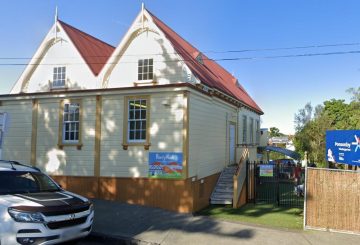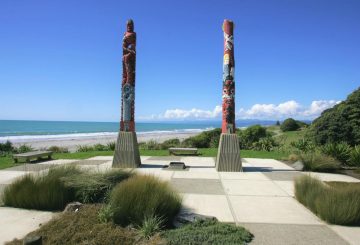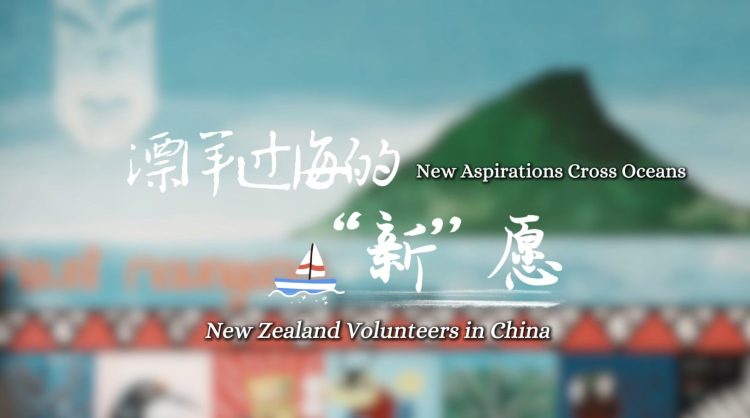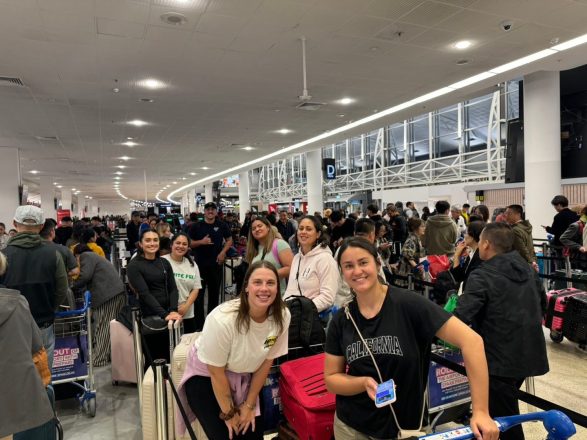Australian gold medalist Grant Hackett was joined by fellow Australian Kieren Perkins, who won the silver medal, and bronze medalist Chris Thompson from the US after the men’s 1500m freestyle final at the Sydney 2000 Olympic Games. The event took place on September 23, 2000, at the Sydney International Aquatic Center.
The Australian government has recently announced an additional NZ$300 million in funding for sports over the next two years. This move is aimed at preparing for success when Australia hosts the Olympics for the third time in Brisbane in 2032. Prime Minister Anthony Albanese announced the extra funding in Canberra, which will increase the total government funding for sports to NZ$530 million over the next two years, according to the Australian Sports Commission (ASC).
More than NZ$18 million of the additional funding will be allocated to the Direct Athlete Investment Support Grants (DAIS). This program assists athletes with the cost of living while they are training. Australian Olympic Committee President Ian Chesterman emphasized the importance of this funding, stating that a successful home Games requires a successful home team.
The increase in DAIS funding will help more athletes and give them the confidence to focus on their training to represent Australia internationally. Chesterman thanked the prime minister for his commitment to supporting sports and athletes in the country. He expressed his confidence that the Australian team will make the nation proud in the upcoming Paris Olympics and beyond.
This announcement follows the government’s recent commitment of NZ$270 million to refurbish the Australian Institute of Sport (AIS) in Canberra. The AIS has been a global leader in sports science and athlete training, helping Australia excel in the Olympics and other international competitions. Kieren Perkins, a former Olympic champion swimmer and current chief executive of the ASC and AIS, thanked the Australian government for its commitment to supporting sports and providing athletes with the resources to succeed.





























































